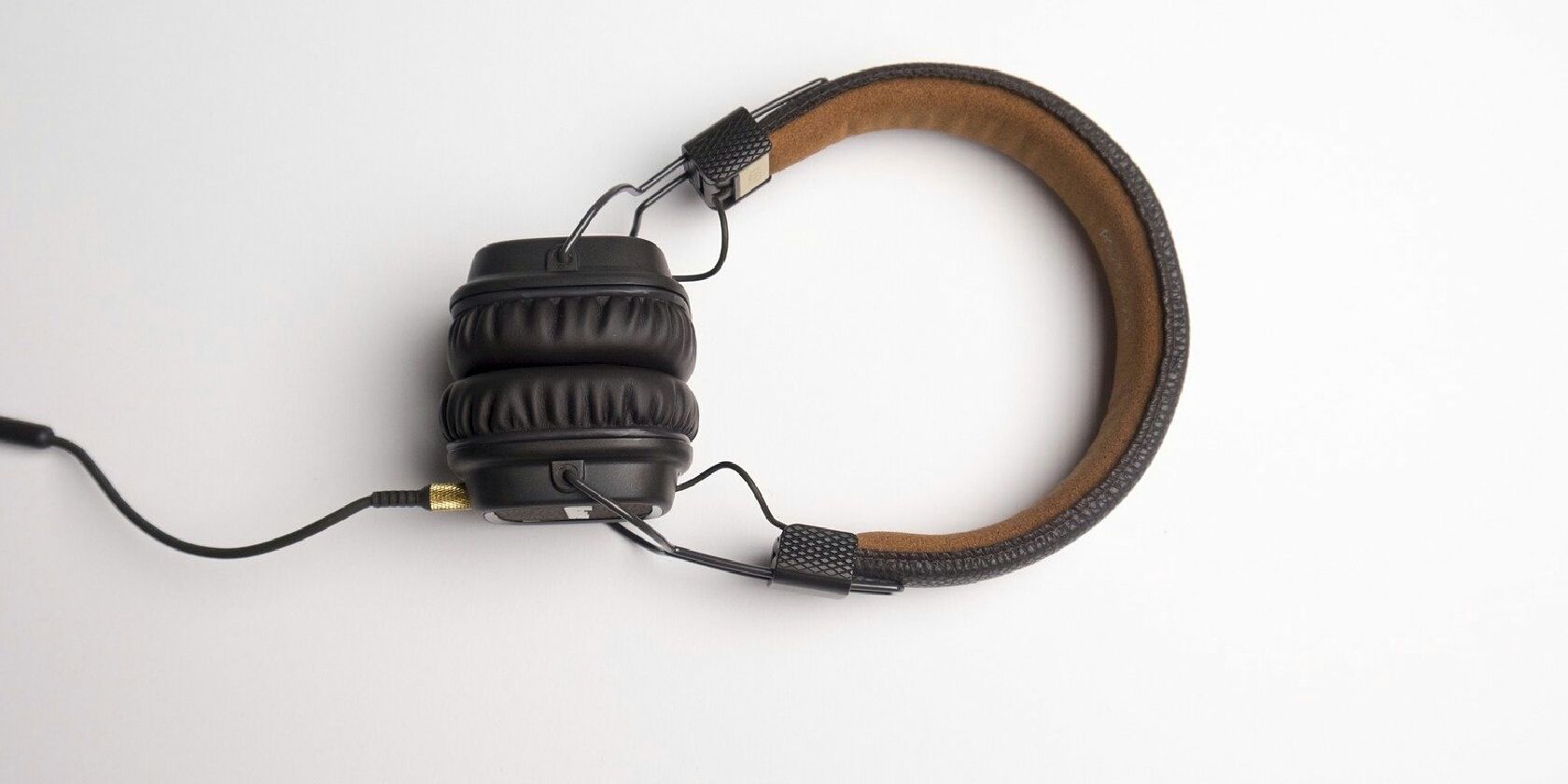Audio technology is constantly improving. There are more audio formats than ever before. The level of detail is now primarily dependent only on how much you want to pay.
One of the more expensive options is high-res audio. It requires specific equipment and larger audio files. But in return, it promises higher quality sound.
So what are high-res headphones, and are they actually worth it?
What Are High-Res Headphones?
High-res headphones are headphones that can reproduce high-res audio. For headphones to be officially certified as high-res, they must reproduce a frequency of at least 40kHz.
Many high-res headphones use Bluetooth, but high-res audio requires specific codecs. LDAC, LHDC, and LLAC are all suitable for high-res audio. Other Bluetooth codecs do not transmit data fast enough.
High-res headphones are typically more expensive, but it's worth noting that you're not just paying for high-res support. The more you spend on headphones, the better the sound, even on lower-quality audio formats.
What Is High-Res Audio?
High-res audio is a collection of different audio technologies that result in the playback of music at a higher level of detail than CDs.
In order to understand the idea, we need to look at audio formats. Audio formats are typically measured in terms of sampling rate and bit depth. High-res audio is superior because it offers higher levels of both.
What Is Sampling Rate?
The sampling rate refers to how many times per second analog audio is sampled during digital conversion. The higher the sampling rate, the more accurate the conversion.
CDs have a sampling rate of 44.1 kHz per second. High-res audio has a sampling rate of between 96 kHz and 192 kHz per second.
What Is Bit Depth?
While the sampling rate refers to how many samples are taken, bit depth refers to how accurate each sample is. If the bit depth is too low, it doesn't matter how many samples are taken because they won't have sufficient information.
CDs are recorded at 16-bit, while high-res audio has a bit depth of 24-bit.
Why Isn't All Audio in High-Resolution?
Increasing the sample rate and bit depth gives you much more accurate sound reproduction. You might therefore be wondering why it isn't standard.
The answer is that all of this added detail isn't always recognized by the human ear. High-res audio files are also significantly larger.
What Equipment Is Required for High-Res Audio?
In order to enjoy high-res audio, all components need to support it. This means that you may require more than just a pair of headphones.
Depending on what device you want to use, you may need an external DAC (digital to audio converter), a small device that sits between the audio source and your headphones.
Smartphones usually don't have native support for high-res audio, but many can play it if you install the right app and/or add a DAC. Likewise, any computer can play high-res audio with the right software installed. But again, you may need a DAC.
Many music players have been specifically designed to play high-res audio right out of the box, with high-res music players available for both Windows and macOS.
What File Formats Are Required for High-Res Audio?
High-res audio is only available in certain file formats. These formats include:
- WAV: This is the standard format for CDs. It can be used for high-res audio but WAV is uncompressed and this results in huge file sizes.
- FLAC: This is a popular alternative to WAV that uses lossless compression. It, therefore, provides high-res audio at half the size of uncompressed formats.
- MQA: This is a compressed high-res audio format that's becoming increasingly popular for streaming purposes.
High-Res Audio vs. Lossless Audio
High-res audio should not be confused with lossless audio. They are similar terms, and both provide better sound, but they are not the same.
Lossless audio means that compression has been applied in such a way that no data is lost. But the term places no restrictions on the quality of the original file.
High-res audio is often lossless. But some high-res audio files are not compressed. High-res audio is also only used to describe audio which offers better sound than CDs.
How to Stream High-Res Audio
High-res audio is widely available to stream online, but you may need to change provider to do so.
As of 2019, Amazon offers high-res audio streaming for $14.99 per month. Tidal and Qobuz also offer the service.
Is High-Res Audio Worth It?
High-res audio is increasingly popular because it offers superior sound quality. If you're spending a lot of money on audio equipment and want the best possible sound, anything short of high-res audio isn't going to achieve it. High-res audio, however, does come at a cost.
Regardless of the compression method, high-res audio files are larger than traditional audio files. File size is becoming less and less of a problem, but it's currently not as convenient as other listening options. It's particularly problematic if you have limited bandwidth.
High-res audio requires a significant financial outlay. If you want to really experience the benefit of the format, you need equally high-end equipment. You may find that high-res headphones are just one of many necessary purchases.
The biggest issue with high-res audio is that many people cannot actually tell the difference. High-res audio is superior. It's not a marketing gimmick because each file contains extra information. But if you cannot hear that extra information when listening, is it really worth paying for?
Should You Buy High-Res Headphones?
If you're not sure about high-res headphones, you're not the only person. While the superiority of high-res audio isn't open to debate, many people disagree on whether or not that difference is noticeable.
For audiophiles and anyone who already spends a large amount of money on audio equipment, the upgrade to high-res audio makes a lot of sense.
For everyone else, the easiest way to answer the question is to try high-res audio before you buy it.


